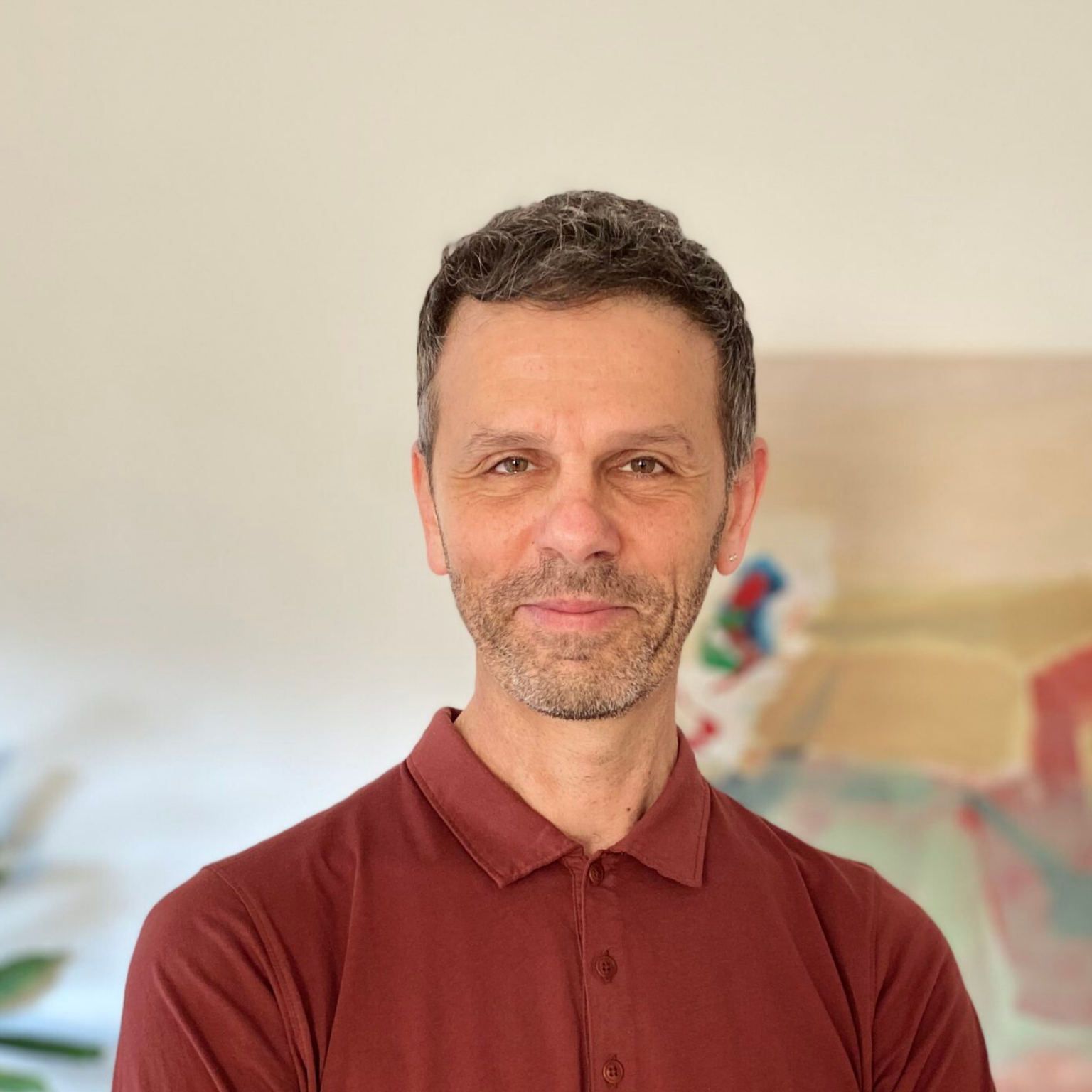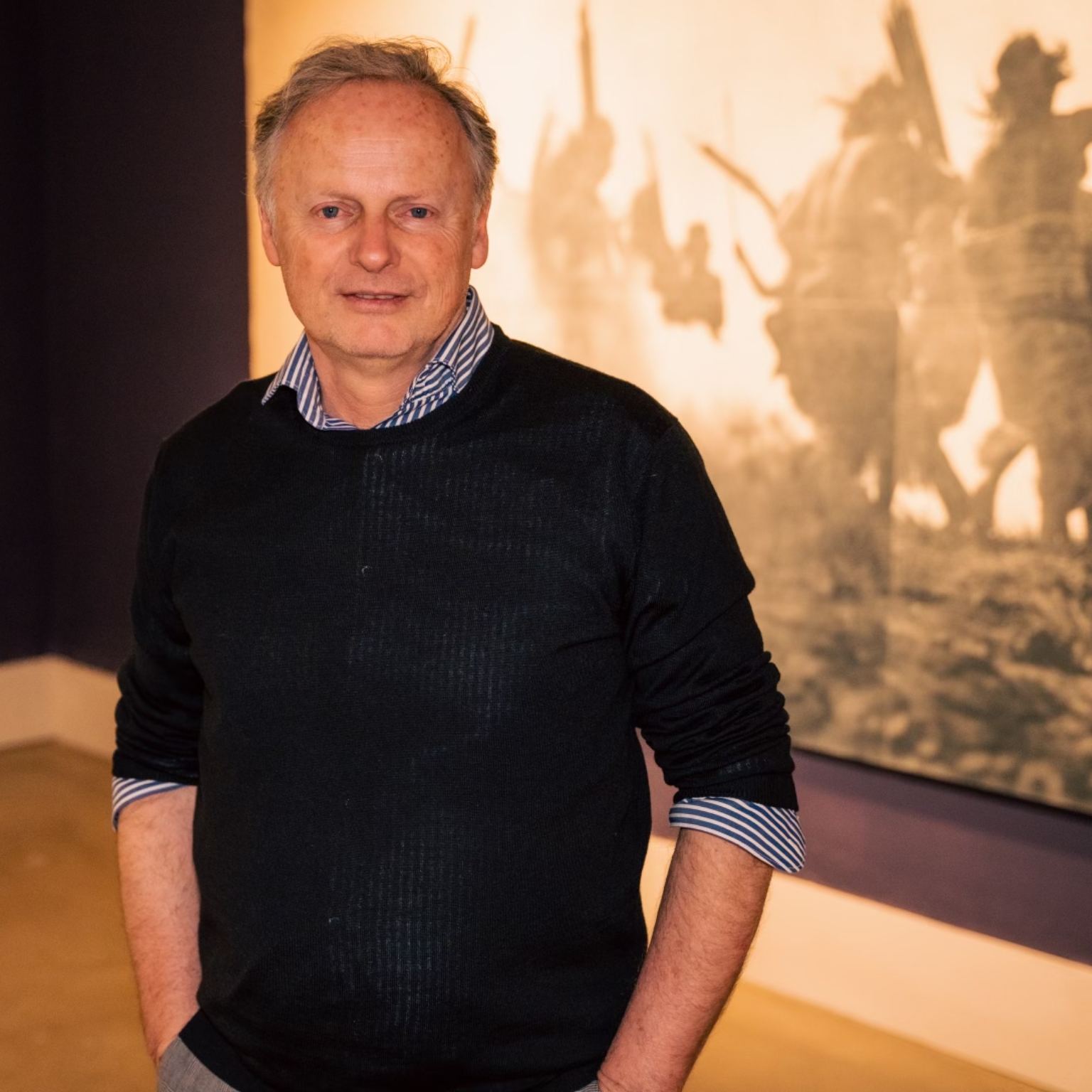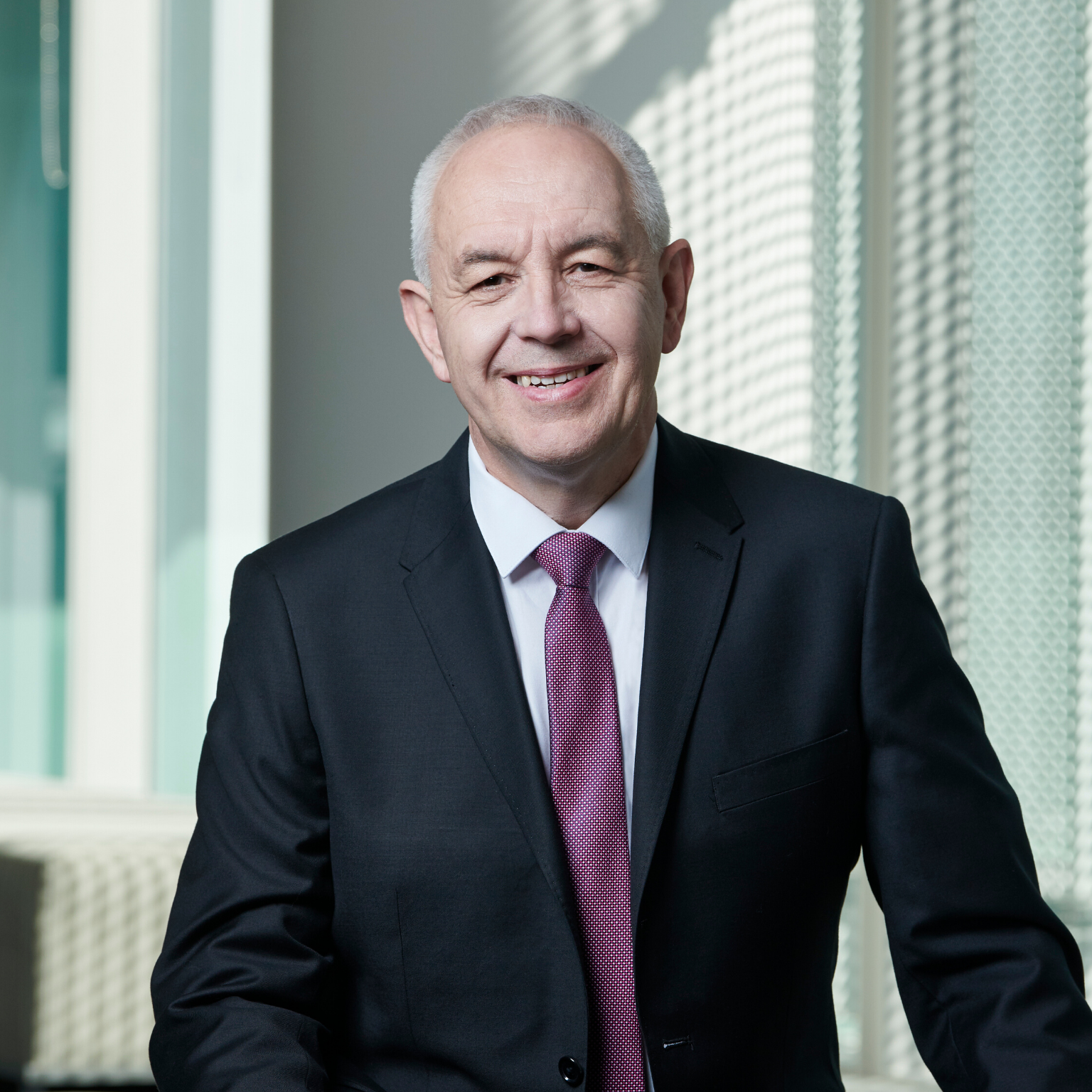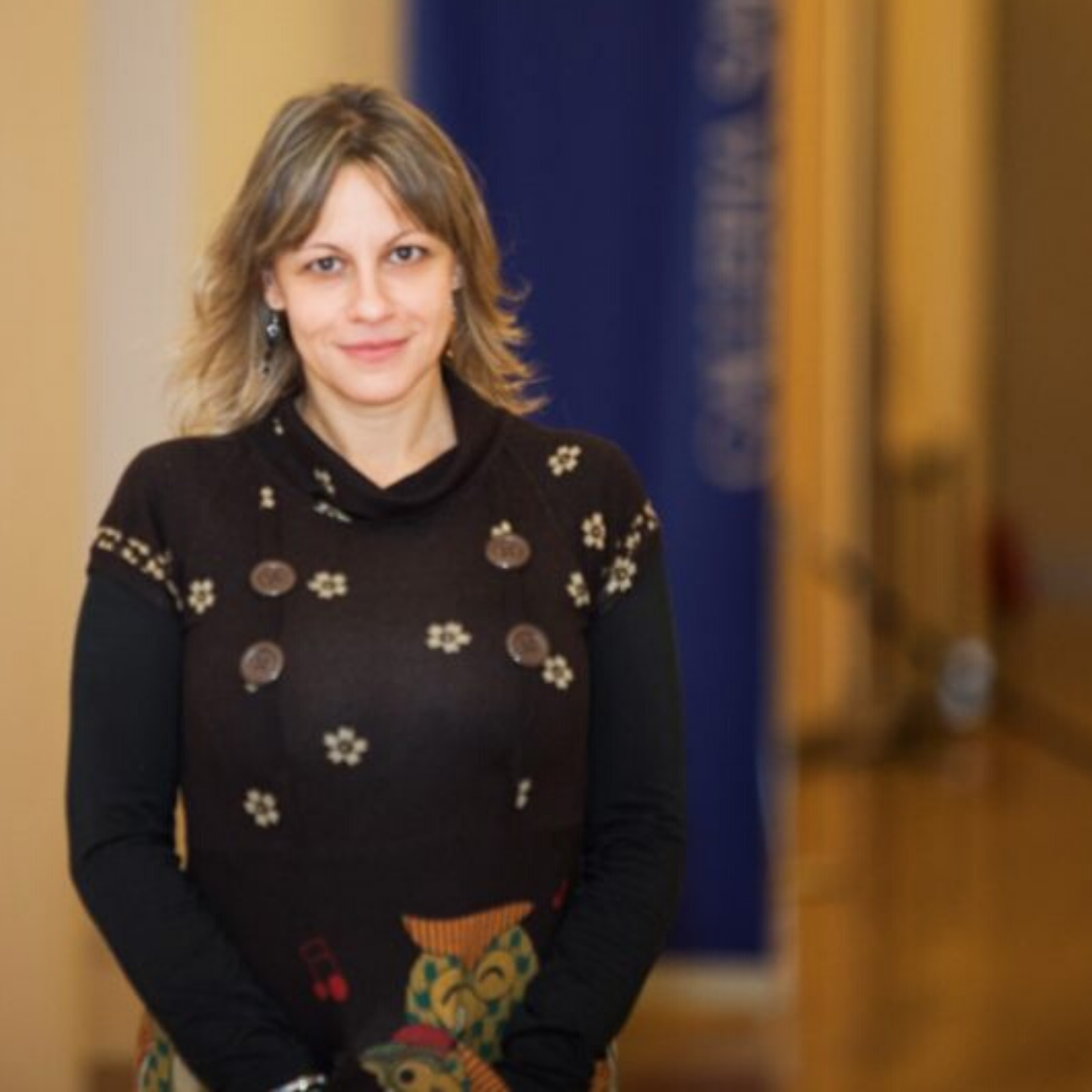1.What is your museum about and what are its challenges?
La Reunion des Musées Nationaux – Grand Palais is a French based institution, a cultural platform of production, publishing, distribution and advocacy for cultural activities, mainly fine art exhibitions and services. We are operating a wide scope of collaborations with French and international museums, and directly managing some venues – for example The French National Gallery and The Grand Palais in Paris.
The challenges we face in our fast-changing world are to continue being a pertinent alliance for our partners’ networks and to be an UpToDate host to our different audiences, welcoming them in the best ways and opening the doors for art and culture, to the largest number on site and online; https://www.rmngp.fr

2.What kind of remarkable digital innovation would you like to share with us? It can be online and/or in your physical space.
Our recent exhibition’s production Pompei, which is a highly digital immersive experience, is a good example for an evolution of exhibitions’ practice; the public is invited to stroll down a long XXL digital format projection of Pompeii’s main street, evolving before and after the eruption; several Domus creating spaces for other types of digital projection and interaction with content: 3D reconstructions, 4K drone visions, interviews and images.
A 15-meter-high projection of the Vesuvius eruption every 30 minutes simulates this dramatic moment in a very impressive and scientific way. There are several objects i.e. “ambassadors” from Pompeii archeological site, all along the digital street, leading to interactive zones where the public can use augmented reality for example.
We’ve been testing this new format for a while, like in Eternal Sites (2017) and Wim Wenders (E)motion (2019). We are now one step ahead with this exhibition, it is extremely elaborate and innovative, articulating strong sensations, narration and interactions for a new visitor’s experience.
3.Tell us how are you facing the coronavirus emergency with the museum? What strategies are you using.
Like everyone else we were also caught by surprise by the globality and rapidity of the crisis; however, as we have for a long time now developed a coherent digital strategy, we were prepared! The physical onsite visit is – very important – but also, it’s only one part of a much broader visit experience. Our visitors’ overall encounters with content is a principal thread of our strategy – it’s a 360° approach to the museum’s visit.
This is why we were able to shift our Pompeii exhibition very quickly and present a “Pompeii At Home”/ “Pompei Chez Vous” – a very rich online format of the exhibition; videos, images, articles, podcasts, virtual reality and augmented reality allows everyone to experience the Pompeii exhibition at home, also enjoying its pedagogical and causal games for different ages, side by side of social network activations, and live conferences.
All those proposals were ready, and so we were able to react to this in very short notice. In this sense the crisis will further enhance our 360° approach of the visit, and new content will be created.
Having said that, I really believe that an onsite visit has an important specific value and I’m sure that once possible, our public will be delighted to come back over – at first with the needed “social distancing measures” of course, but the future of cultural and museums practice is not in jeopardy.
On the contrary, in the long run we will see a more coherent and amplified global visit proposition, where onsite and online are completely linked for an overall visit experience, before, during, and after the onsite visit.
4.If you had to keep one social media platform to reach youngsters, which one would you pick?
We are operating on almost all social media platforms with their specific user experiences, their type of public and specific formats; we are matching our innovations with their respective evolutions.
For example, for augmented reality on Instagram or the Stories’ format, we collaborate with artists like Inès Longevial, photographers and illustrators, ex. Kera Till or Jean Jullien; recently we have launched our own IGTV program with an acclaimed series about Toulouse Lautrec, je me presente, je m’appelle Henri.
Moreover, we have a program of MOOCs, of Facebook lives videos, and also our videos commissioned to popular French Youtubers.
We have several different accounts on different social media platforms that cover our different types of activities, offers and audiences; I think that we have more than twenty different accounts that gather large audiences, for ex. 850K on Twitter, 500K on Instagram, 300k on Facebook etc …
5.What are the social media platforms that your museum chose for its digital presence and who are your primary target audiences?
Our work with SnapChat to produce special filters and interact with several of our major exhibitions, for example Venise last year was a real success with young audiences. However, we have best results on these segments when we set up partnerships with specific online medias that have their own young public audience with specific codes and formats.
Like technology in general, the same goes for platforms: it’s not about the vehicle, it’s the quality and pertinence of the content that counts – technology and platforms are only a means to get content interactions.
Interview by Benjamin BENITA, MuseumWeek coordinator
MORE
The Réunion des Musées Nationaux Grand Palais on social networks: Twitter – Instagram – Facebook – YouTube



